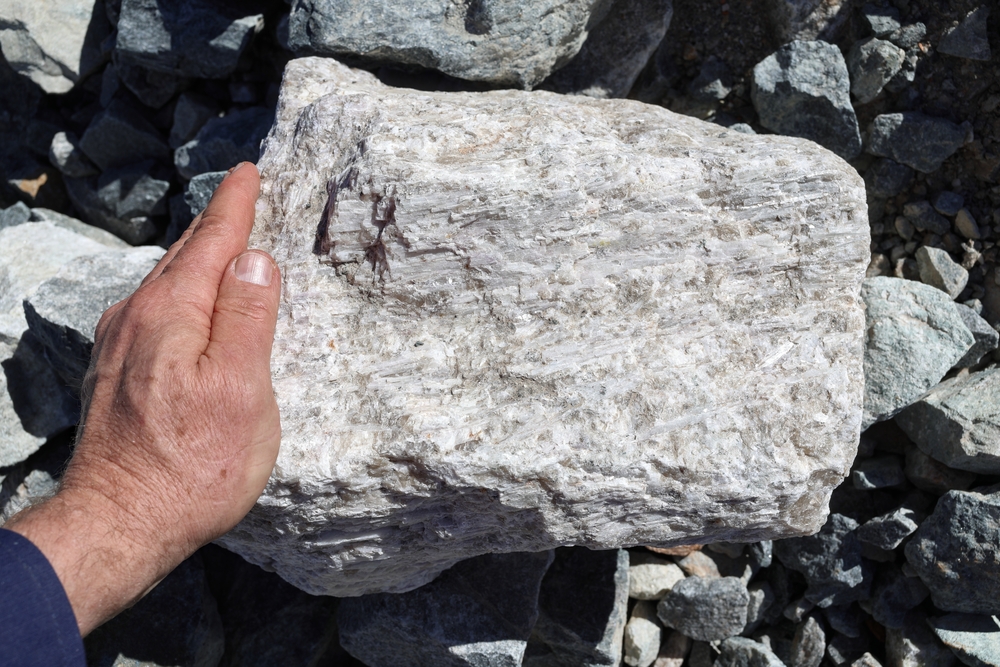Ancient Fingerprint Found on ‘Face’ Stone Could Be First Art in Europe
Others are reading now
Around 43,000 years ago, a Neanderthal man walked through a rocky cave in what is now central Spain.
He picked up a stone that looked a bit like a face. It had two hollows that resembled eyes and a shape that suggested a mouth.
Then he did something unexpected. He pressed his finger into red pigment and made a single red dot on the stone.
That simple act is now getting scientists very excited, writes Historienet.
Also read
David Álvarez Alonso is an archaeologist at Complutense University in Madrid.
He says the unusual shape of the stone and the single red mark immediately caught their attention.
He and his team found the object during a 2022 dig inside San Lázaro cave near the town of Segovia.
They’ve studied the stone carefully. Using advanced scanning methods and forensic analysis, they were able to confirm something surprising.
The print was left by a human finger about 43,000 years ago. And it couldn’t have come from our species.
At that time, Homo sapiens had arrived in parts of the Iberian Peninsula, but not in this region. This means the mark had to come from a Neanderthal.
The red color came from ochre, a natural pigment Neanderthals are known to have used. But this find goes deeper.
The researchers believe the Neanderthal chose the stone because of how it looked. Then he added the red dot to give it meaning.
To them, this shows he could think symbolically. He saw something in the stone and wanted to add his own mark.
The researchers say it’s clear this wasn’t a random act. The person was trying to express something.
That kind of thinking shows imagination. It suggests Neanderthals were not just hunters. They could dream, plan, and even create.
More and more evidence now points to the same conclusion. Neanderthals were smarter and more creative than we once thought.
This single red dot might be one of the oldest signs of art—and human thought—in Europe.


